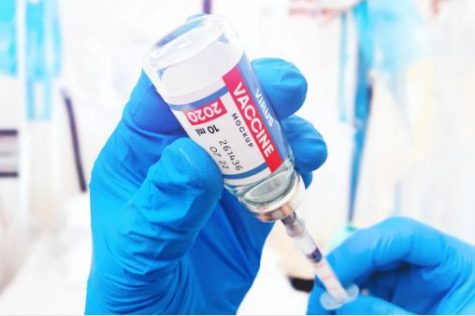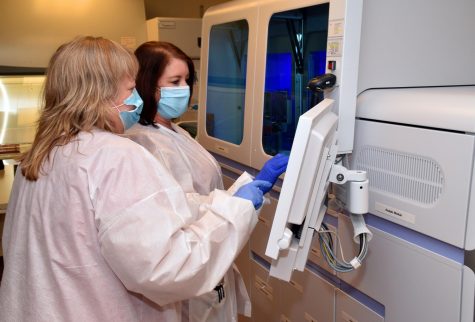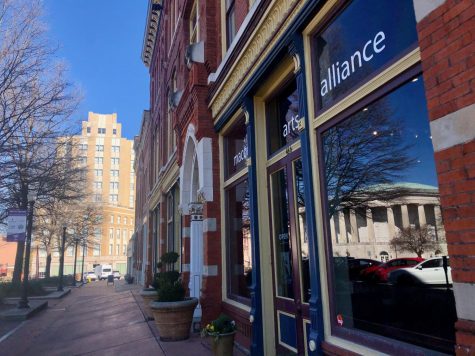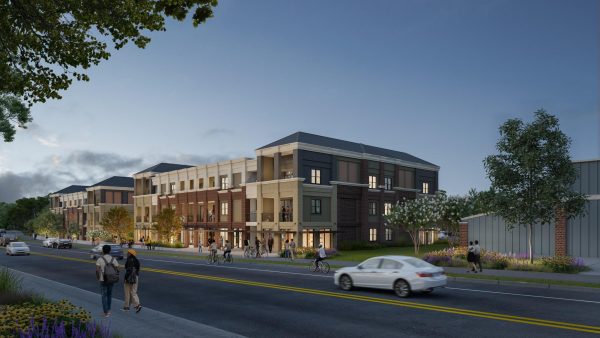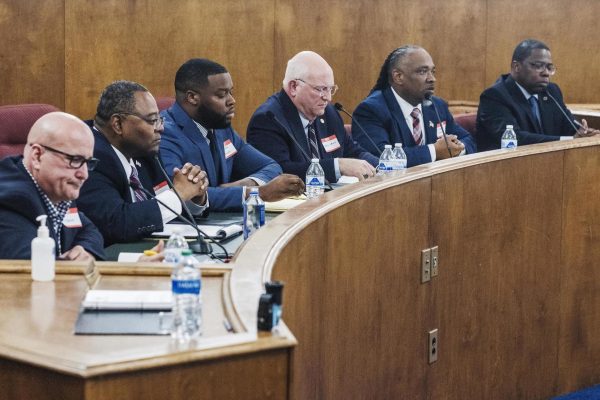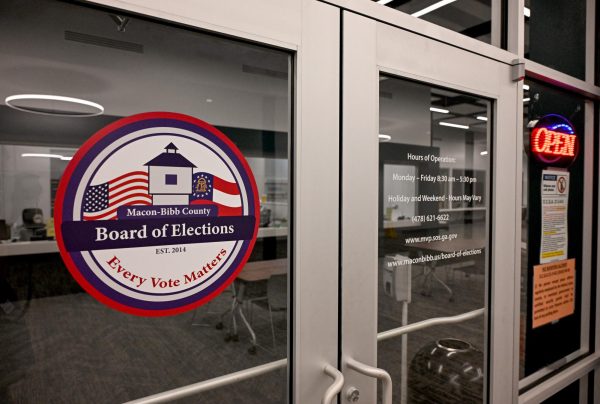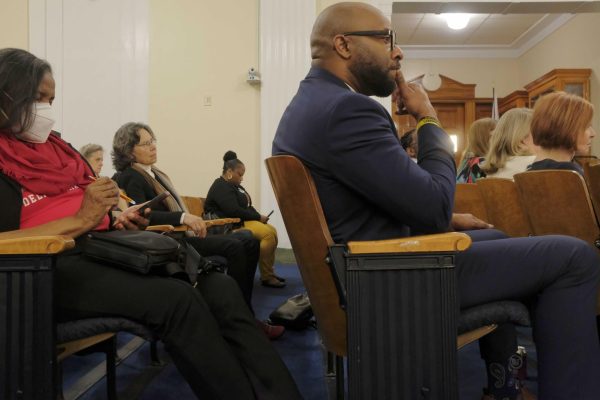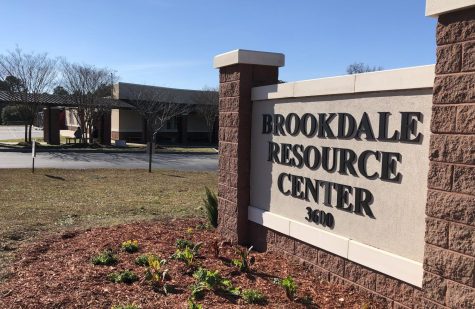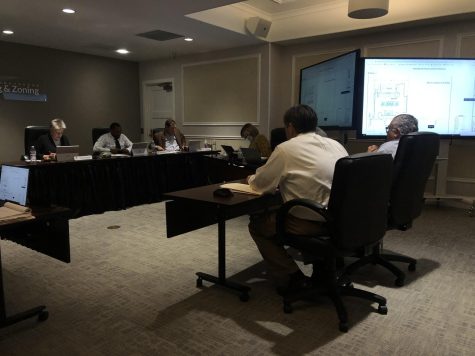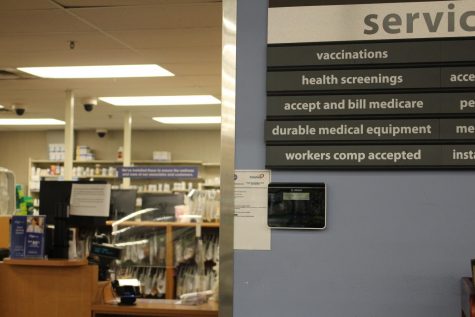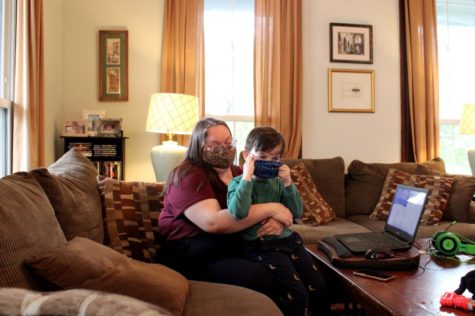What is Standing in the Way of Telehealth Services in Rural Areas?
One of the biggest issues rural health programs face in light of COVID-19 is the lack of access to broadband internet.
COVID-19 has caused many changes in the healthcare system. Dr. Jean Sumner of the Mercer Medical School said these changes are especially evident in rural settings.
Healthcare providers have become reliant on the use of the internet to provide telehealth services to patients.
Telehealth services are medical services that are provided over the phone or through video calls. They can help doctors see patients about less serious issues without the patient coming into the office physically.
Telehealth provides several benefits to patients. First, it helps to slow the growth of COVID-19 by reducing the amount of face to face interaction between patients. Second, it is seen by providers as a way to ease the worries of patients who worry about the risk associated with in-person meetings.
“Georgia Rural Health Innovation Center at MUSM was able to arrange six months subscription to a telehealth platform for no cost to the physicians.” Dr. Sumner said, “Without this many rural physicians may have had to close their practices.”
A telehealth subscription gives doctors access to telehealth software t. This software includes virtual waiting rooms, access to patient health info, and even the ability to stream audio of a patient’s heart or lungs.
However, many rural patients still do not have access to broadband despite its growing importance in rural areas.
According to the website “Broadbandnow.com” which advocates for broadband internet access to be accessible to all Americans, over 280,000 Georgians are without access to broadband internet. This lack of access means that they would be unlikely to use any online telehealth services regardless of their health status.
The lack of access to broadband internet means that for many, using telehealth services is simply not an option.
Mercer’s Georgia Rural Health Innovation Center and the school of medicine are working to help find solutions to the lack of broadband in rural communities.
Dr. Sumner said that some solutions might involve working with companies to develop mobile hotspots that can be used to help provide telehealth services. In some areas, this might mean connecting hotspots to busses or ambulances that can go to a patient’s home and provide medical assistance. In others, this might mean amplifying already existent hotspots so they can reach greater distances.
These options will help to close the rural digital divide that threatens the health of many residents in Georgia. For now, rural Georgians without broadband will have to do their best to get medical care the old fashioned way, regardless of the risks associated with it.





